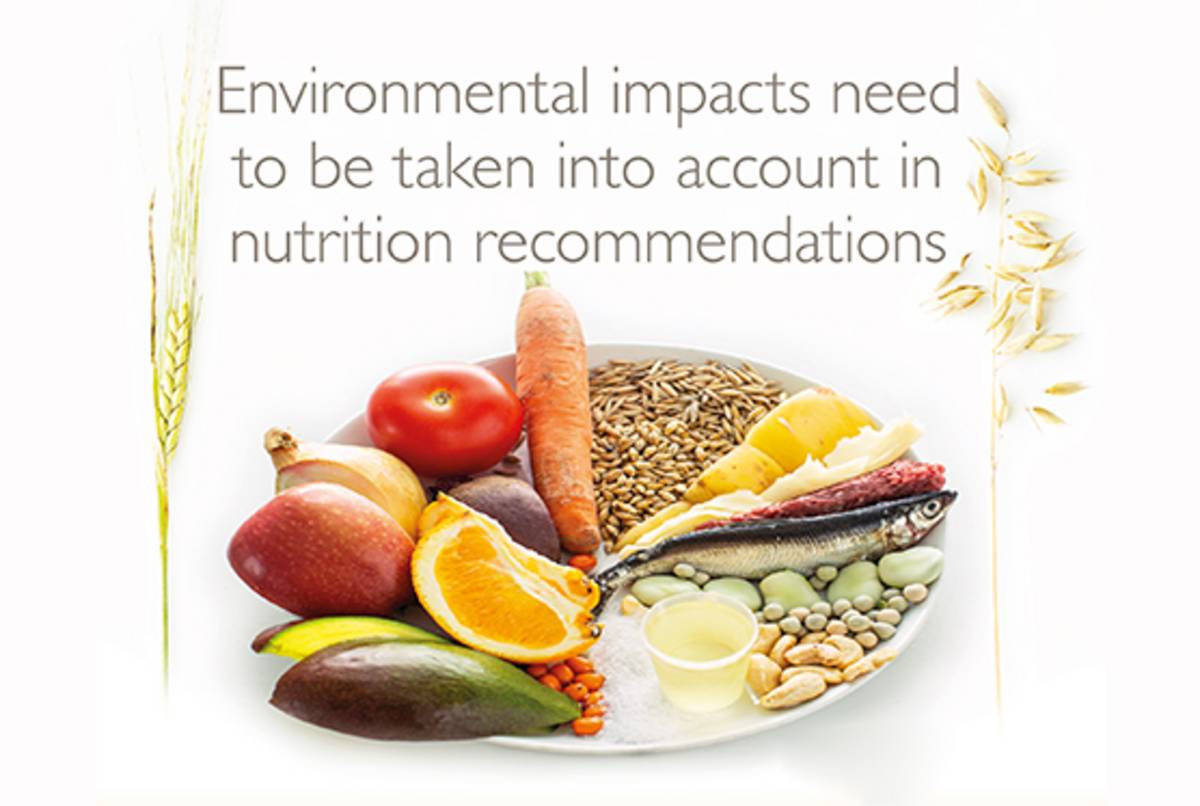Nordic nutrition recommendations are currently being updated. The update stresses taking environmental impact into account as part of sustainable nutrition. “We need to start developing environmental criteria for nutrition recommendations also in Finland”, says Jani Salminen, Head of Unit at SYKE. Environmental criteria must be based on collaboratively generated, comparable scientific methods and on open public data.
Public food services can guide sustainable eating
In Finland public food services are pioneers in the promotion of sustainable eating. More than 380 million meals are consumed each year in day care centres, schools, and educational institutions. Also on the private side, businesses may require adherence to nutrition guidelines in their staff cafeterias.
Kitchens in schools and early education, and student cafeterias are guided by current nutritional recommendations to always have a vegetarian option available for all. Fresh vegetables and fruit should be included at snack time. Municipalities have also been encouraged to make public procurements of food from responsible sources.
“Including environmental criteria in nutritional recommendations would create a common basis for work on behalf of sustainable nutrition”, says Minna Kaljonen, Leading Researcher at SYKE. It would also help municipalities set clear responsibility goals for public procurements and services. Now municipalities and food services lack clear criteria to guide them in their environmentally friendly procurements of food.
However, adding vegetarian food to the menus will not help if the food is not eaten. “Pupils and children will need to be heard more in the development of new, environmentally friendly recipes”, Kaljonen observes. “Food served at schools and day care centres is a key part of food education offered in schools and day care centres.”
A diet focusing on vegetables and fish is sustainable
A diet that is environmentally sustainable includes more vegetables and fish than is currently the case, and correspondingly less products derived from domesticated animals, such as beef, pork, and dairy products. At best, an ecologically and nutritionally sustainable diet go hand in hand.
Average annual per capita consumption of domestic wild fish is about 6.5 kilos. ”The sustainable use of wild fish could be increased many times over”, says SYKE Senior Research Scientist Seppo Knuuttila.
In addition to fish, the more varied use of vegetables, and especially legumes, is recommended both from an environmental and a nutritional standpoint.
Food policy must be changed
The SYKE Policy Brief states that adopting a sustainable diet does not happen only by affecting what we eat or consume. A comprehensive change in food policy is needed – also in Finland.
In addition to updating nutritional recommendations, the agricultural subsidy system and environmental regulation need to be changed to support the production of food that is both environmentally and nutritionally sustainable.
Agricultural policy and food policy need to be predictable. In such a situation the primary production and the food industry would not hesitate to make the investments that the changes require.
Health-based and environment-based incentives should be examined together. This is important when comparing the cost-effectiveness and fairness of different taxation models.
Further information
Leading researcher Minna Kaljonen, SYKE
firstname.lastname@ymparisto.fi, tel. +358 295 251 252
Head of unit Jani Salminen, SYKE
firstname.lastname@ymparisto.fi, tel. +358 295 251 608
Senior Research Scientist Seppo Knuuttila, SYKE
firstname.lastname@ymparisto.fi, tel. + 358 50 4133 286
SYKE Policy Brief: Environmental impact needs to be considered in nutrition recommendations
SYKE Policy Briefs are concise summaries of a particular issue, the policy options to deal with it, and some recommendations on the best option. It is aimed at government policymakers and others who are interested in formulating or influencing policy.
Link to the original press release. (Published by Finnish Environment Institute SYKE August 31, 2020)
